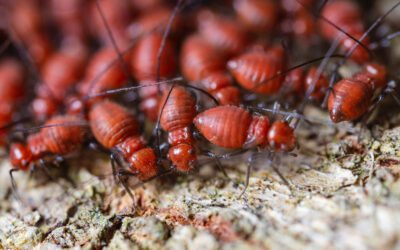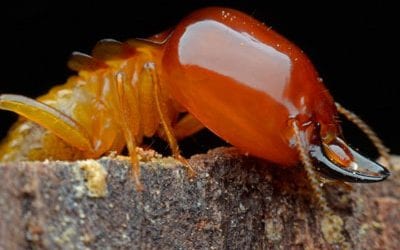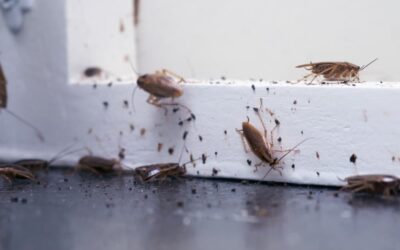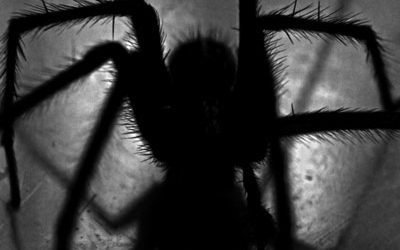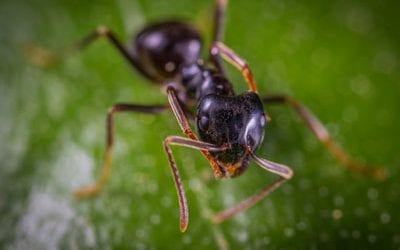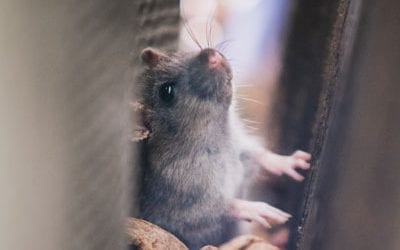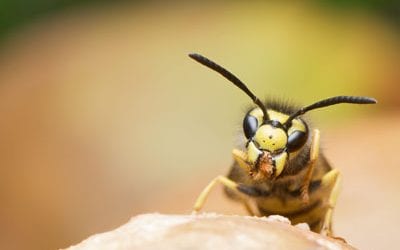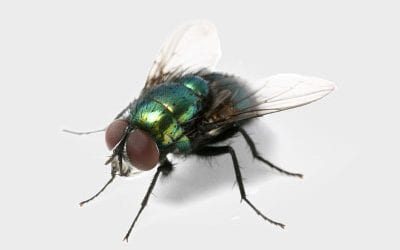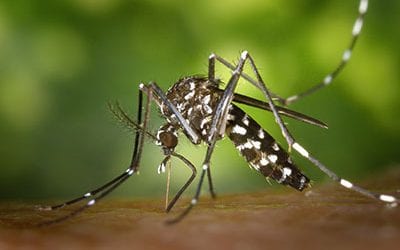
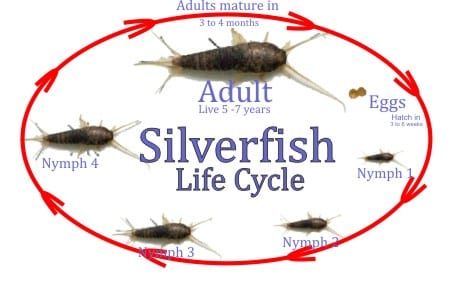
Silverfish are nocturnal insects typically 13–25 mm (0.5–1.0 in) long. Their abdomens taper at the end, giving them a fish-like appearance .The newly hatched are whitish, but develop a greyish hue and metallic shine as they get older .They have two long cerci and one terminal filament at the tips of their abdomens, the filament projects directly off of the end of their body, between the left and right cerci. They also have two small compound eyes, despite other members of Thysanura being completely eyeless, such as the family Nicoletiidae.
Like other species in Apterygota, silverfish are completely wingless. They have long antennae, and move in a wiggling motion that resembles the movement of a fish. .This, coupled with their appearance and silvery scales, influences their common name. Silverfish typically live for two to eight years. Silverfish are agile runners and can outrun most of their predators (including wandering spiders and centipedes). However such running is only possible on horizontal surfaces, as they lack any additional appendages and, therefore, are not fast enough to climb walls at the same speed. They also avoid light.
Distribution
Silverfish are a cosmopolitan species, found in Africa, the Americas, Australia, Eurasia, and other parts of the Pacific. They inhabit moist areas, requiring a relative humidity between 75% and 95% ]In urban areas, they can be found in attics, basements, bathtubs, sinks, kitchens, and showers.
Reproduction and life cycle of Silverfish
Before silverfish reproduce they carry out a ritual involving three phases, which may last over half an hour. In the first phase, the male and female stand face to face, their quivering antennae touching, then repeatedly back off and return to this position. In the second phase the male runs away and the female chases him. In the third phase the male and female stand side by side and head-to-tail, with the male vibrating his tail against the female. Finally the male lays a spermatophore, a sperm capsule covered in gossamer, which the female takes into her body via herovipositor to fertilize her eggs. The female lays groups of fewer than 60 eggs at once, deposited in small crevices. The eggs are oval-shaped, whitish, about 0.8 millimetres (0.031 in) long, and take between two weeks and two months to hatch. A silverfish usually lays fewer than 100 eggs in her lifetime.
When the nymphs hatch, they are whitish in colour, and look like smaller adults. As they moult, young silverfish develop a greyish appearance and a metallic shine, eventually becoming adults after three months to three years. They may go through 17 to 66 moults in their lifetime, sometimes 30 in a single year – much more than most insects. Silverfish are among the few types of insect that continue to moult after reaching adulthood.
Termites – Brisbane Pest Control
Termites Brisbane Pest Control Termites - Brisbane infestations are not at all uncommon. Termites love the moist, warm, humid climate that Queensland enjoys. If the property that you are looking to buy is in Brisbane, Redland Bay, Ipswich or the Logan Area, Critters...
Termites
Termites attack untreated wood, and usually by the time their work is visible…
Cockroaches
One of the largest of our pest species. 35-40mm in length, Reddish brown…
Spiders
Females weave silk egg-cases, each of which may contain hundreds….
Ants
Ants form colonies that range in size from a few dozen predatory individuals…
Fleas
Fleas in the home can be an irritating and annoying problem…
Rodents
Most rodents are small animals with robust bodies, short limbs, and long tails…
Wasps
European wasps are approximately 15-25 mm in length…
Flies
Flies have a mobile head, with a pair of large compound eyes and mouth parts…
Mosquitos
Mosquito and biting midge management has entered a new age of technology…

Quick Contact
Critters Pest Management
PO Box 227
Capalaba QLD 4157
Phone: 07 3820 2238

